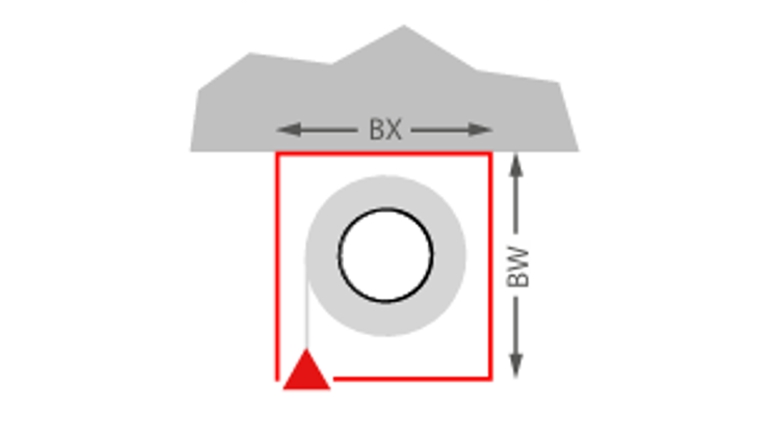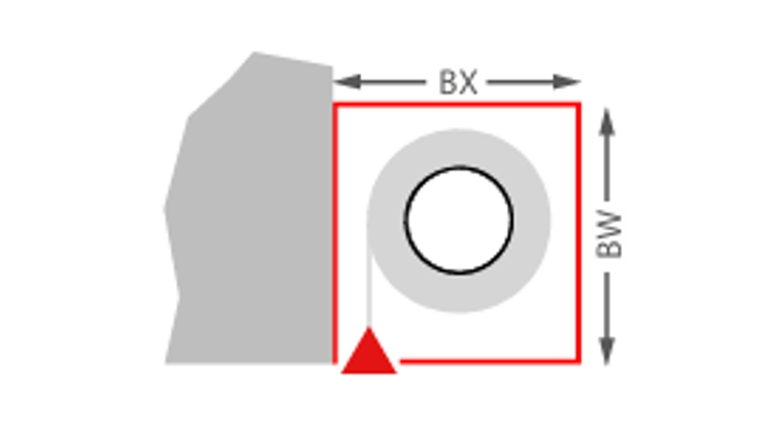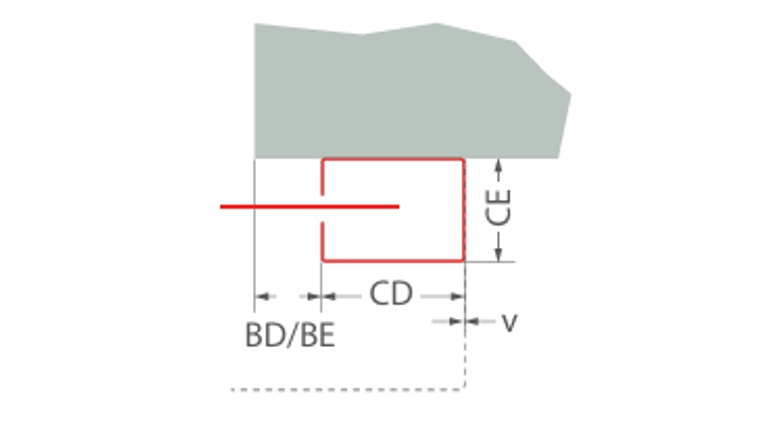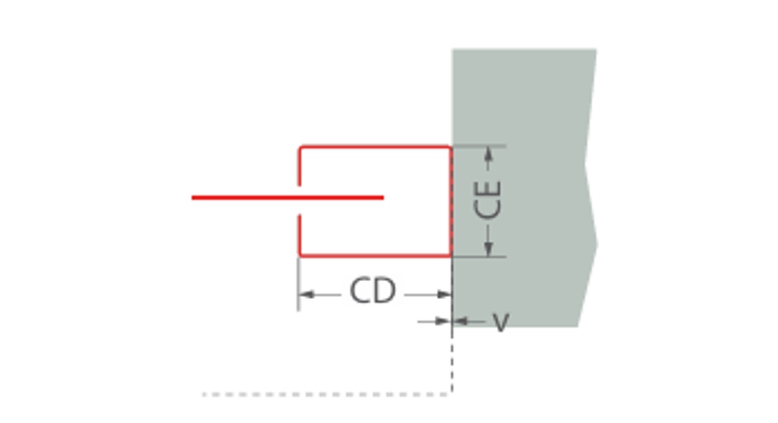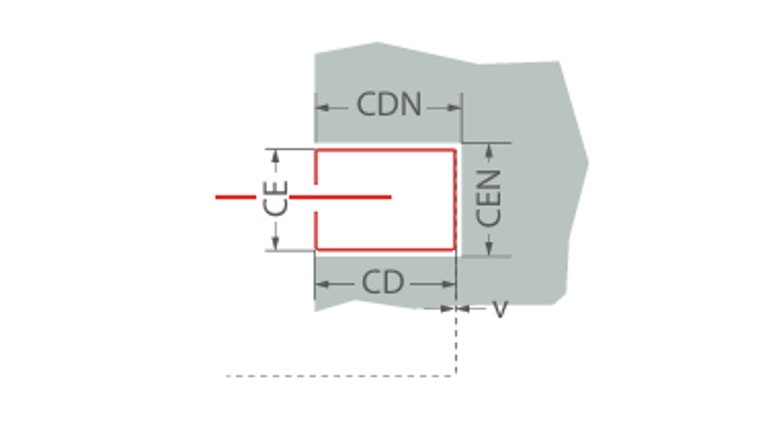SYSTEM: FIBERSHIELD® | BAUREIHE FIBERSHIELD®-P
| Bauart | nicht wärmedämmender Feuerschutzvorhang |
| Nachweis | CE Kennzeichnung gemäß EN 16034:2014 in Verbindung mit EN 13241:2003+A2:2016 |
| Schließrichtung | von oben nach unten |
| Feuerwiderstand | E 30 – E 120 | EW 30 – EW 120 | geprüft nach EN 1634-1:2014+A1:2018 | klassifiziert nach EN 13501-2:2016 |
| Schließzyklen | C0, C, C1, C2 | geprüft nach EN 12605:2000-08 und EN 12604:2017-12 | klassifiziert nach EN 13501-2:2016 |
| Brandverhalten des Textils | A2-s1, d0; B-s1, d0; E-d2 | geprüft nach ISO 1716 und EN 13823 bzw. ISO 11295-2 | klassifiziert nach EN 13501-1:2018 |
| Umweltbedingungen | nicht berücksichtigt sind besondere Umweltbedingungen (z. B. Luftfeuchtigkeit > 80 %, Umgebungstemperatur < 5 °C und > 40 °C, Windlasten, etc.) |
| Sichtbare Oberflächen | verzinkt | RAL, glatt, seidenglänzend, Standardfarbton | NCS, Standardfarbton |
Downloads
Größenabmessungen und Systemaufbau
Klassifikation Baureihe Fibershield®-P
| Feuerwiderstandsklasse/ Klassifizierungen | Größe* [LB x LH] in mm | Gewebe | Wandstärke** in mm | Wickelgehäuse | Führungsschienen |
| E 30 | 11000 x 8000 | Protex 1100 1.A2 | 140 | Typ A, B, C | Typ 1, 2, 3 |
| E 60 | 11000 x 8000 | Protex 1100 1.A2 | 140 | Typ A, B, C | Typ 1, 2, 3 |
| E 90 | 11000 x 8000 | Protex 1100 1.A2 | 200 | Typ A, B, C | Typ 1, 2, 3 |
| E 120 | 11000 x 8000 | Protex 1100 1.A2 | 200 | Typ A, B, C | Typ 1, 2, 3 |
| EW 30 | 11000 x 8000 | Protex 1100 1.A2 | 140 | Typ A, B, C | Typ 1, 2, 3 |
| EW 30 | 12000 x 7500 | Heliotex 9 | 140 | Typ B, C, D, E | Typ 1, 2, 3 |
| EW 60 | 12000 x 7500 | Heliotex 9 | 200 | Typ B, C, D, E | Typ 1, 2, 3 |
| EW 90 | 12000 x 7500 | Heliotex 9 | 200 | Typ B, C, D, E | Typ 1, 2, 3 |
| EW 120 | 11000 x 3300 | Heliotex 12 | 200 | Typ B, C, D, E | Typ 1, 2, 3 |
| E 120 | 12000 x 7500 | Heliotex 9 | 200 | Typ B, C, D, E | Typ 1, 2, 3 |
| C0, C1 | 11000 x 4200 | Heliotex 9 | |||
| C0, C1, C2 | 7500 x 5000 | Heliotex 9 | |||
| C0, C1, C2 | 11000 x 9800 | Protex 1100 1.A2 |
Die Einbausituation muss den baurechtlichen Anforderungen des Einbaulandes entsprechen. Die Feuerwiderstandsfähigkeit einer Decken- oder Wandtragkonstruktion und der angrenzenden Bauteile muss mindestens der des Feuer- und /oder Rauchschutzabschlusses/ Feuer- und /oder Rauchschutzvorhangs entsprechen. Der Nachweis der Standsicherheit und Gebrauchstauglichkeit der angrenzenden Wände und Bauteile muss unter allgemeinen Umgebungsbedingungen und im Brandfall gegeben sein. Siehe auch Hinweise zur Norm-Tragkonstruktion in der EN1366-7:2004 beziehungsweise EN1363-1:2020. Das Brandschutzsystem darf auch im Brandfall außer dem Eigengewicht keiner zusätzlichen Belastung ausgesetzt sein.
* Abweichungen von Größenabmessungen auf Anfrage
** geprüfte Wandarten nach der Einbauanleitung



